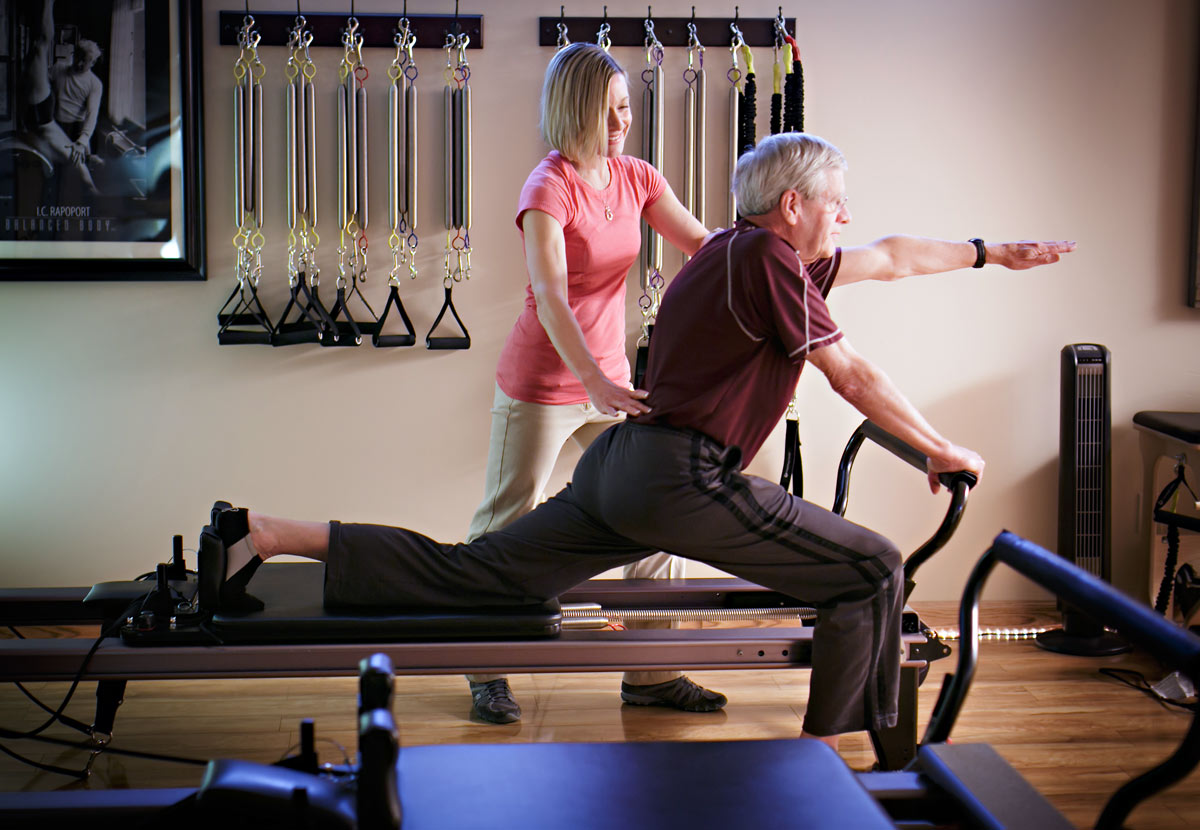The Most Important Things to Know to Make Your Pilates Session Successful:
1. What To Wear: There are a few things to consider when you dress for a Pilates workout. First, make sure your clothes give enough to let you move and stretch fully. Your instructor will need to be able to see your body well enough to see the alignment of you bones and how your muscles are engaging, so while loose is OK, baggy is not. You will also want to avoid baggy clothes because some Pilates exercises could be a bit revealing if your clothes are too loose. Pilates is usually done barefoot or in socks, so no fancy footwear is needed.
You will also want to avoid excess accessories while your working out. Long necklaces, belts, dangling bracelets and such could not only be distracting, but could be dangerous if they got caught up in the equipment. Similarly, hair needs to be out of the face and tied back if it is long.
2. What to Bring: Bring appropriate clothing, water bottle and exercise towel.
3. When to Arrive: Try to arrive 10 minutes early, if possible, so your session can begin on time.
4. Are Locker Rooms Available: Locker rooms are not available, but a bathroom with a shower is available for your use.
5. Should I eat before class: It is recommend that you refrain from eating heavy meals right before a class. The recommendation is to eat a small light meal with a little protein about an hour prior to class, since this will give you energy without making you feel overfull. To prepare for a Pilates class you should also bring bottled water with you, since the exercises will cause you to become somewhat dehydrated.
6. Scheduling Session: It is recommended that you schedule sessions in advance as times fill up quickly. If you schedule a session, it is asked that you give Amanda B. Smith 24 hours in advance of any cancellation. You will only be charged if you either do not show for your appointment or you cancel 60 minutes or less before your appointment time.
****Most importantly, you should prepare for a Pilates class by consulting your family doctor, particularly if you have known health conditions. Pilates is, however, often used in rehabilitative therapy. With the proper modifications it is considered to be one of the best exercises, even for those with injuries or limited mobility.

